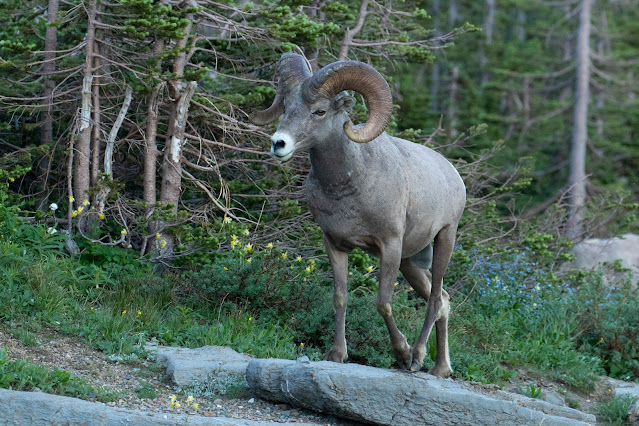Northern Harrier
At close range, the face of our Northern Harrier looks rather like that of an owl; like an owl (and unlike most other hawks) it may rely on its keen hearing to help it locate prey as it courses low over the fields.
Its habitats are marshes, fields, prairies. Found in many kinds of open terrain, both wet and dry habitats, where there is good ground cover. Often found in marshes, especially in nesting season, but sometimes will nest in dry open fields.
Diet: Mostly small mammals and birds. Diet varies with location and season. Often specializes on voles, rats, or other rodents; also takes other mammals, up to size of small rabbits. May eat many birds, from songbirds up to size of flickers, doves, small ducks. Also eats large insects (especially grasshoppers), snakes, lizards, toads, frogs. May feed on carrion, especially in winter.
Often nests in loose colonies; one male may have two or more mates. In courtship, male flies up and then dives, repeatedly, in a roller-coaster pattern. Nest site is on ground in dense field or marsh, sometimes low over shallow water. Nest built mostly by female, with male supplying some material. Nest may be shallow depression lined with grass, or platform of sticks, grass, weeds.







Comments